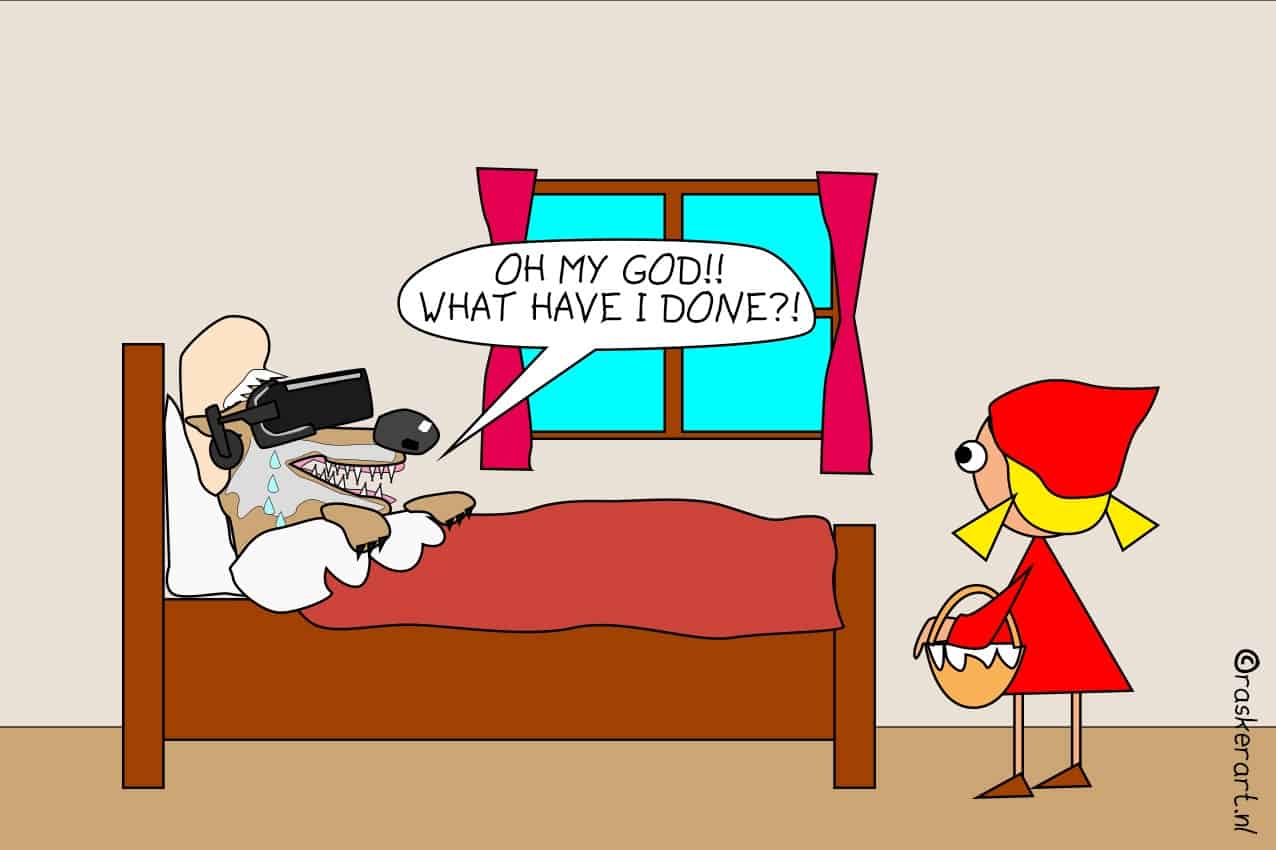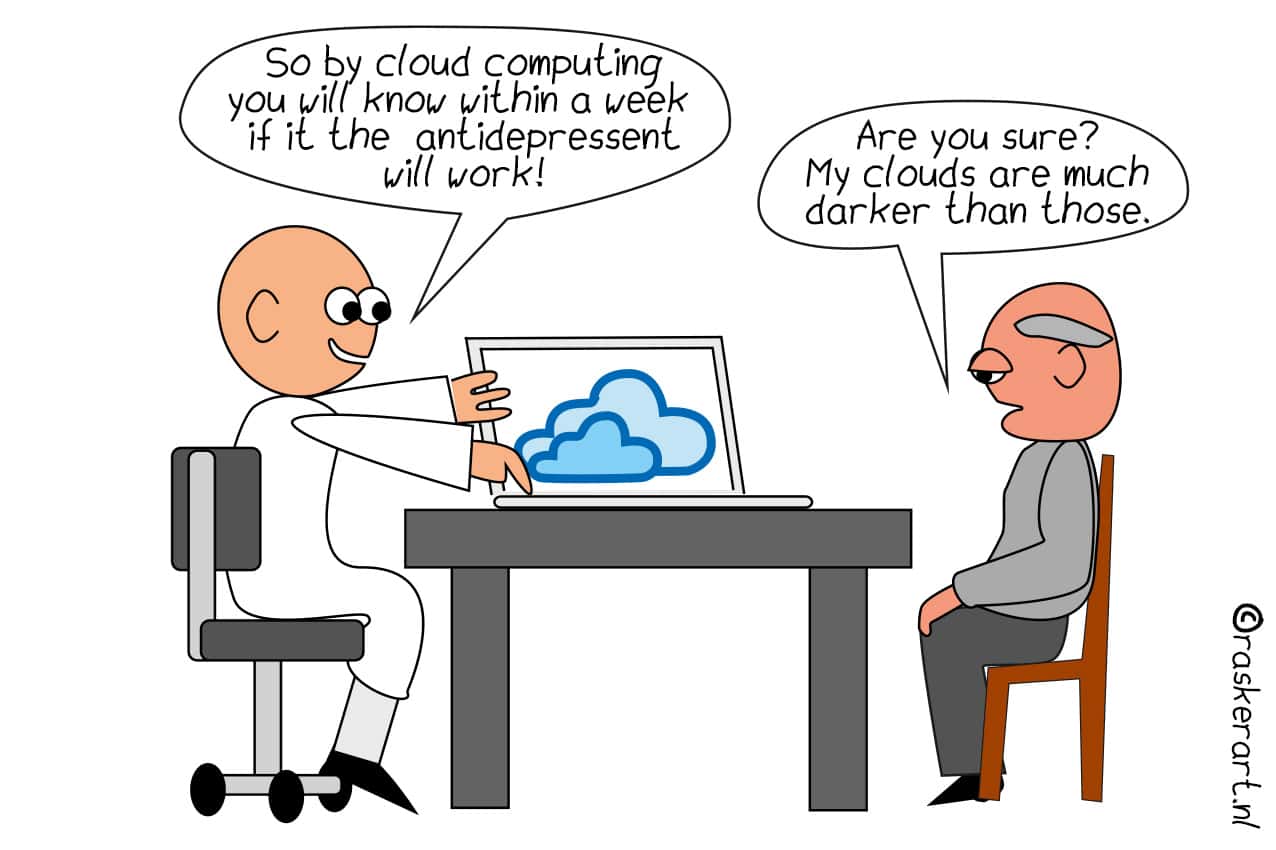
In our weekly recap on Sunday, we as editors look back at the past seven days. We do this at the suggestion of our cartoonist Albert Jan Rasker. He chooses a subject, makes a drawing, and we take it from there. What were we talking about in the newsroom? What other topics caught our eye? How do we actually work at Innovation Origins? Everything can come by. If you also want this newsletter straight to your inbox every Sunday morning, just subscribe here.
Great choice this week by Albert Jan, mainly because it allows me to discuss the difference between technology as a gadget and technology with a mission. First, the article itself: it’s about a start-up – Enliven – that uses virtual reality to combat discrimination, inequality, and harassment. Excellent goal and socially, unfortunately, hugely desirable.
Enliven was in the news because they received support from Oost NL and LUMO Labs: their injection of one million euros will enable Enliven to perfect the concept and look for a customer base. It is not the first time that LUMO Labs has invested in a “mission-driven” start-up, and that is precisely the beauty of incubators like this: not primarily looking for a quick increase in value, but first and foremost addressing one of the Sustainable Development Goals. It’s even in their mission statement: “We create opportunities for impact-driven ventures in emerging technologies.”
And that is very much in line with Innovation Origins‘ choices. Yes, technology is very important in our innovation-related stories. But technology always has to solve something that matters to society. That’s why you will hardly find anything about the latest iPhone with us, but all the more often an explanation of developments around healthcare, the energy transition, or a mobility dilemma. We are always looking for the people and organizations that are busy solving the challenges of today and tomorrow. In other words, with real impact. As was also visible every day last week. Here is a small selection:
What else struck us
If you want to read it all, click here. But here are the most striking pieces:

For the first time, the injection of radioactive pellets for the radiation of liver tumors has been visualized live. An MRI scanner can be used to see whether the radiation pellets are delivered to the right place in the patient’s tumor. The technique will make it possible to adjust the injection site and the dose per patient. Researchers at the Radboudumc in Nijmegen have discovered and applied this in patients with liver cancer. The procedure is safe and feasible.

Every year, thousands of pounds of fishing nets end up in the water. Marcel Alberts, the founder of Maastricht-based Healix, intends to make the sea fishnet-free. Together with other companies, he wants to save marine life by fishing the nets out of the water to make the raw material polymer again. Healix was our start-up of the day.

Cheese is as old as mankind. It is a source of protein, calcium and vitamins. Yet the production of dairy products involves significant greenhouse gas emissions and the use of gallons of water. Hence, alternatives are being eagerly sought. Researchers at the University of Copenhagen have now found a way to make cheese from the plant proteins in yellow peas. The pea as a raw material for brie?

Biochemist Christian Gruber of the Medical University of Vienna is researching therapeutic applications based on plant and animal mechanisms. He is currently working on the question of how hormones from grasshoppers can be used for therapeutic applications in humans. From insect to medicine.







